I built a simple MIDI-output circuit (as seen here: http://www.notesandvolts.com/2015/03/midi-for-arduino-build-midi-output.html). I now would like to add an LED to that circuit that should be on unless there is a signal sent. This behavior can be found in most of the common MIDI-interfaces.
I'd really like to not add an LED to an extra port of my microcontroller but instead use the already present signal on the TX pin and lighting an LED with it up.
I tried to connect an LED directly to it as shown here:

simulate this circuit – Schematic created using CircuitLab
That works well (except for inverted behavior – but that could easily fixed by an inverting Schmitt-Trigger) but I fear that using this way will reduce the signal quality on the MIDI-line. So I'm trying to implement an circuit with OpAmp as shown here. Unfortunately even with the suggested fix of a voltage divider in the comments (e.g. 4.7k and 10k resistors) I only get the normal behavior.
Is there any decent way to solve this problem? On multiple commercial pcbs with this exact function I do not see any OpAmps. So maybe there is an even better way?
Thanks in advance for any input!

